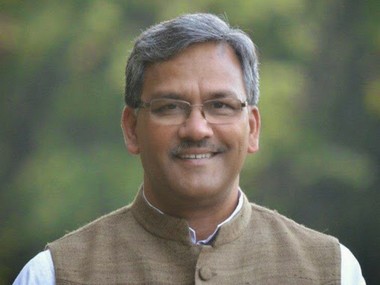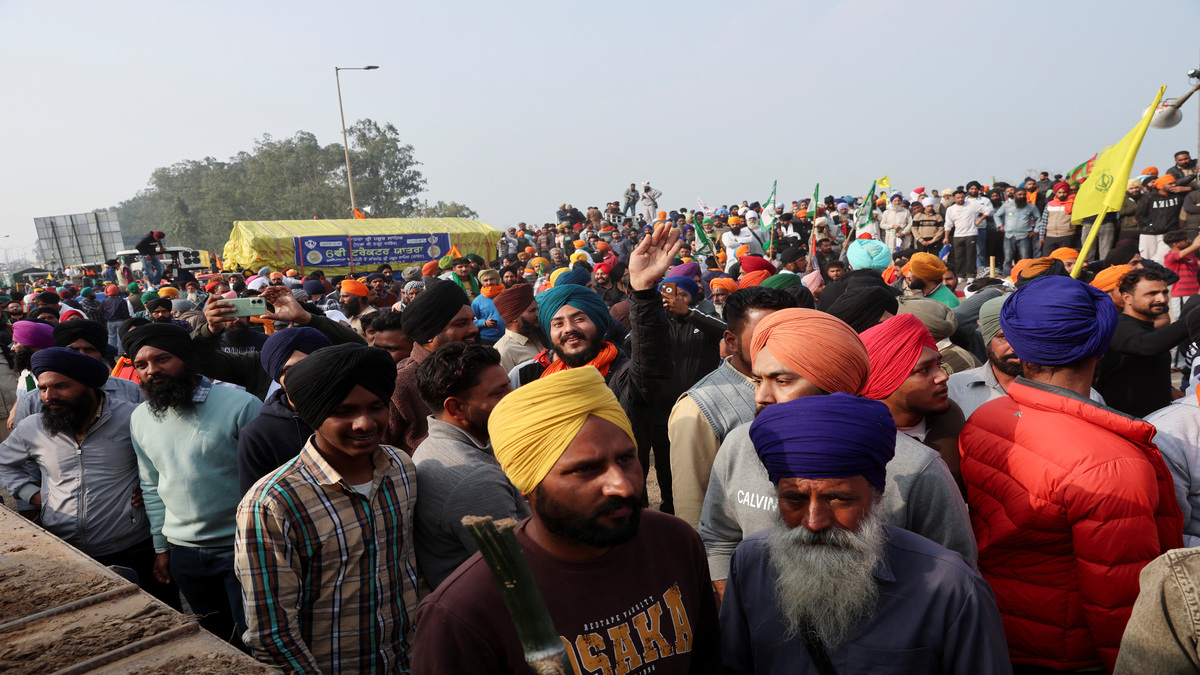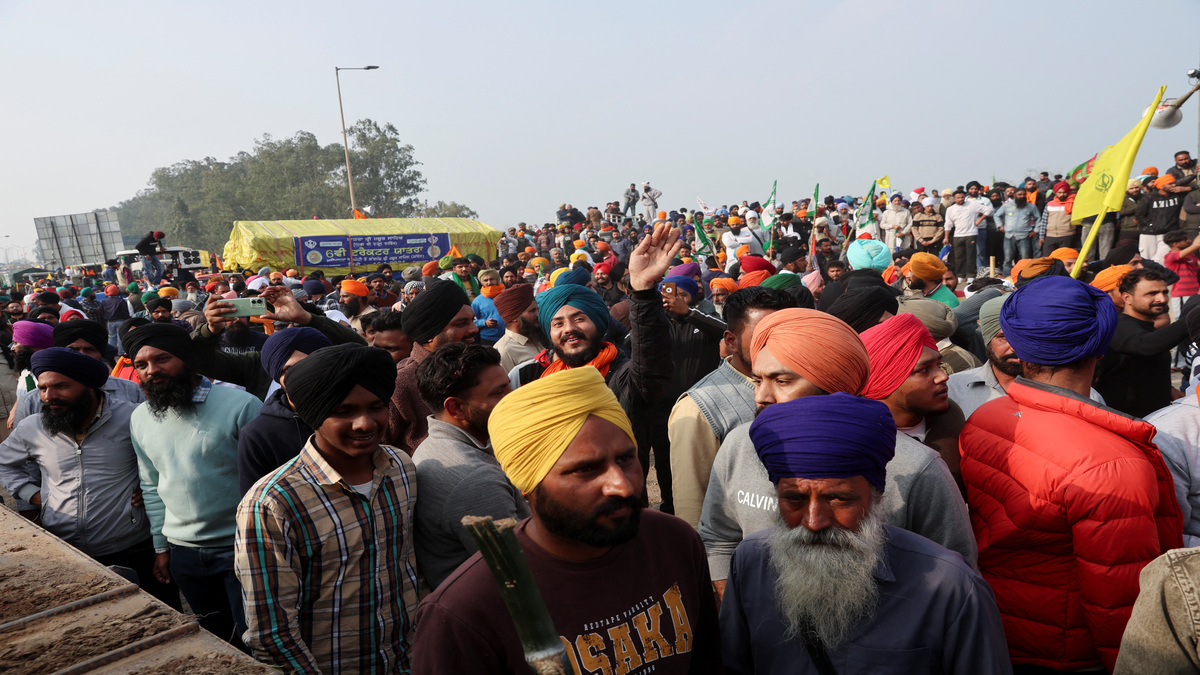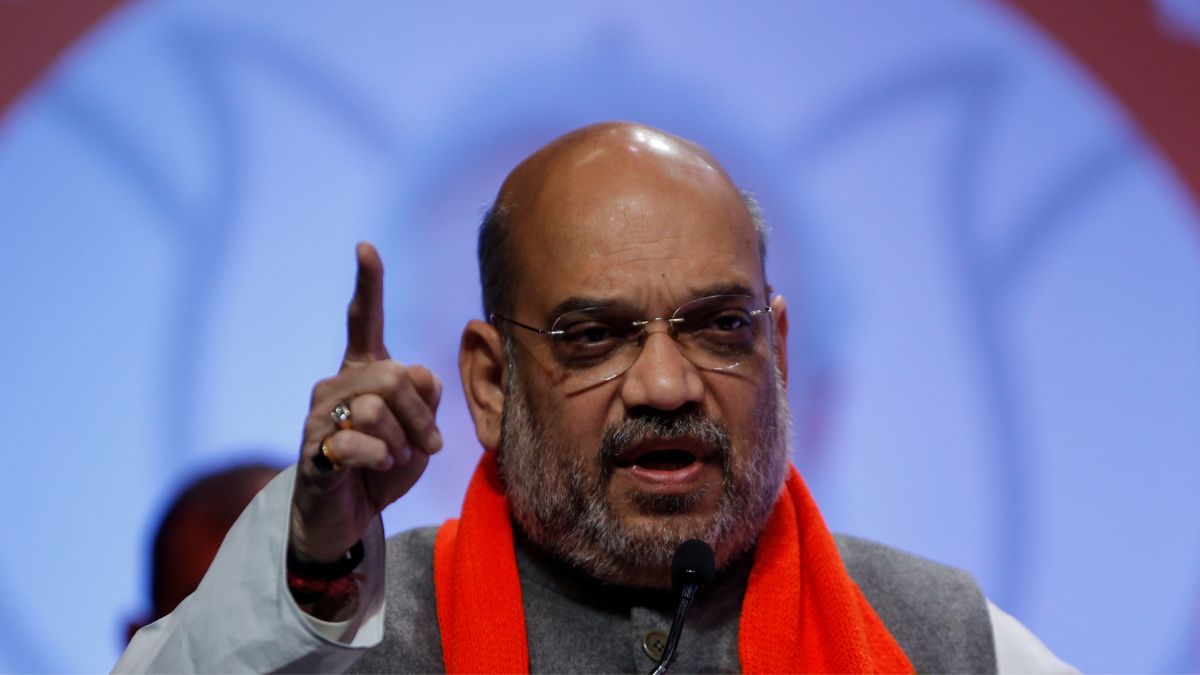It’s now official. Trivendra Singh Rawat, who was elected the leader of BJP legislature party on Friday afternoon, will now be the new chief minister of Uttarakhand.
Trivendra’s oath taking ceremony will be held on Saturday at the Dehradun Parade Ground, which several big shots from the BJP including Prime Minister Narendra Modi are expected to attend. Preparations for the swearing-in were started a day before the chief ministerial pick was announced, and the venue is all decked up to welcome the dignitaries scheduled to attend the swearing-in.
In his cabinet, there are names like Rekha Arya, Madan Kaushik, Subodh Uniyal, Harbans Kapoor, Vanshidhar Bhagat, Gopal Rawat, Bishan singh Chufal and Kunwar Pranav Singh Champion. Satpal Maharaj is likely to be made the Uttarakhand Assembly Speaker.
Trivendra’s name was proposed by senior BJP leader Satpal Maharaj and former Assembly speaker Prakash Pant at the meeting of the BJP legislature party, both of whom were frontrunners in race for the state’s top job. However, Trivendra’s close association with the Rashtriya Swayam Sevak Sangh (RSS) is said to be a strong factor behind him being chosen as the chief minister. He was a full-time pracharak of the RSS from 1983 to 2002 and held the post of organisation secretary in Uttarakhand region and later the state, after its secession from Uttar Pradesh in 2000.
Moreover, Trivendra’s debut into Uttarakhand politics came with the state’s very first assembly election in 2002, when he contested from Doiwala seat. He retained his seat in the following elections in 2007 and also served as the state’s agriculture minister. He, however, lost the by-election in 2014 and was given the responsibility to head the BJP state units both in Jharkhand and Uttarakhand.
Besides this, the fact that Trivendra is in the good books of BJP national president Amit Shah and has worked with him in adjoining state of Uttar Pradesh before the general elections of 2014, would have helped his case for the top job in the hill state.
Hailing from Pauri district in Uttarakhand, Trivendra is considered to be a disciplined and devoted organisational worker who would tow the party line, come what may. He also enjoys a reputation of being averse to political manipulations within the party. He has shouldered several responsibilities given to him within the party, because of which he caught the central leadership’e eye and was subsequently trusted with running the state.
Trivendra’s elevation to the post of Uttarakhand chief minister is also a clear indication of the BJP’s strategy to send out a positive message among the party cadres — that hard working ground leaders and party workers will be rewarded eventually. All the former chief ministers and high profile names from BJP, of the likes of Bhagat Singh Koshiyari, Ramesh Pokariyal and BC Khanduri had taken a back seat in the last leg of the race for the Uttarakhand throne. By electing Trivendra, a grassroots leader, party has also dropped hints about its new modus operandi, wherein performance and connect with people is prioritised over political stature.
BJP has always targeted the erstwhile congress over its poor performance, therefore showing development in the state in the coming two years will be of paramount importance for the saffron party. Besides this, Modi’s electioneering also revolved around seeking the “double engine of growth” (a BJP government both at the Centre and state). Now that the people have handed it the mandate, the BJP must realise that the “double engine” is available only for two years before the Lok Sabha elections in 2019 are due again, and the party must have work to show before it goes back to the people to seek votes again.
Therefore, soon after ascending the throne Trivendra would have the task cut out for him. The first major challenge before the new government will be to micromanage the the Char Dham Yatra (between Gangotri, Yamunotri, Kedarnath and Badrinath), which will begin next month. As tourism remains the main source of income for the people of the hill state, Trivendra will have to give his top priority to restoring confidence of tourists to visit the state during the Yatra season. Other major challenges will include resolving the issue surrounding the increase in area of Eco Sensitive Zone (ESZ) in the hills in Uttarkashi area, which some people sea as an impediment to the state’s development. Outgoing Chief Minister Harish Rawat has been opposing the Centre’s move to expand the ESZ, which he said has adversely affected scores of developmental projects, including tourism activities and hydel projects in the state, according to Business Standard .
Since the BJP has got a massive mandate of 57 seats in a 70-member Assebly, it will not be an easy task for the new government to meet the people’s expectation and fulfill all it’s poll promises.


)




)
)
)
)
)
)
)
)